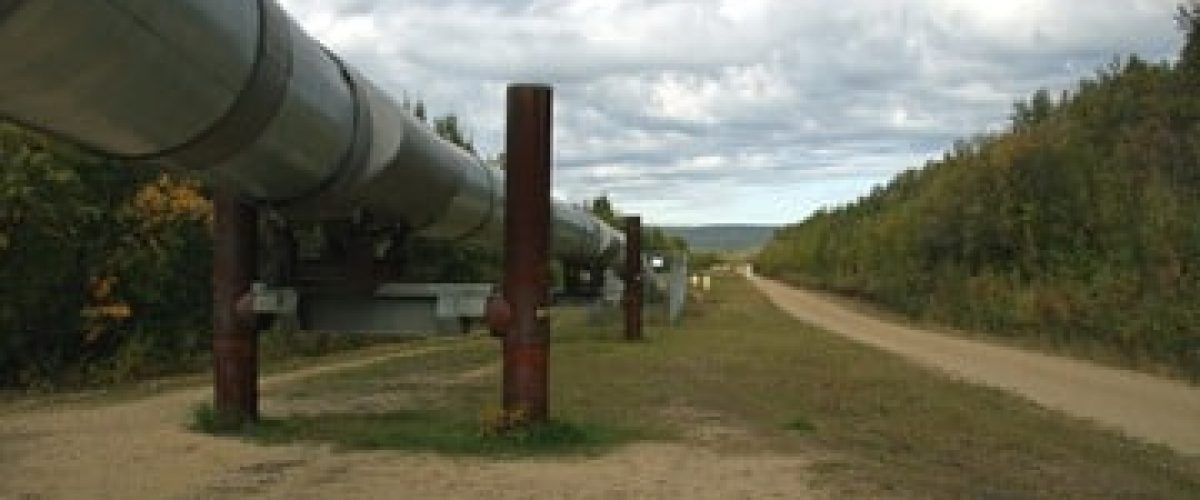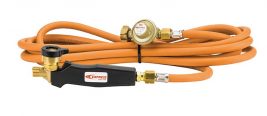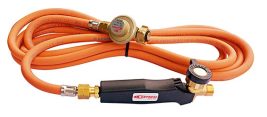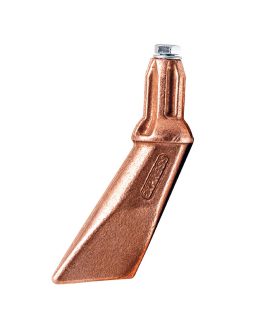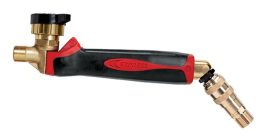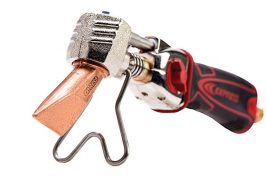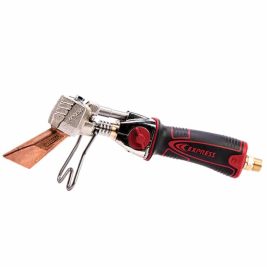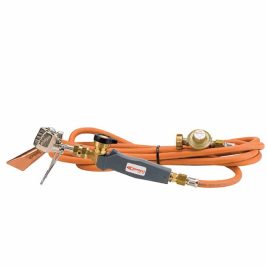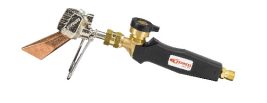Extensive welding work – especially on pipelines – requires heat treatment to relieve residual welding stresses and to achieve appropriate mechanical properties of the joint. The weld thus offers perfect reliability.
What is pipe heat treatment?
All welding involves a modification of the structure of the metals concerned, and thus an alteration of their mechanical characteristics. Heat treatment is then used to reinforce the welds, so that the finished structure has optimum strength.
The exact term is TTD: Thermal Treatment of Detensioning. The area where the welding has been done is heated to a given temperature for a given time. This allows for the release of welding stresses in order to obtain the appropriate mechanical characteristics for the part.
The applied treatment generates metallurgical changes within the crystal structure of the materials and compensates for the damage caused during welding. The joints of the pipe become more stable, which prevents cracking when they go to work.
Which welding jobs require heat treatment?
Heat treatment concerns the majority of welding work in the industry:
- industrial maintenance of electric, hydraulic and nuclear power plants;
- rail repair ;
- chemical or steel factories;
- refineries ;
- boiler works ;
- manufacture of metallurgical parts ;
- military sector;
- aeronautical, automotive, petrochemical industry, etc.
How does the heat treatment work?
The heat treatment is done in three steps to ensure the integrity of the welding work on the pipes.
- The progressive rise in temperature, the speed of which is defined upstream, depending on the type of structure concerned.
- The maintenance of the temperature which can remain stable or have several levels.
- The cooling rate is also calculated according to the work performed.
The characteristics of each procedure are determined by the quality of the steel and the thickness of the tubes.
The two types of heat treatment
There are two types of heat treatments: either the complete component is concerned and placed in an oven, or the procedure is local and acts only on the part subjected to welding. In this case, it is possible to use electric resistance heating or induction.
To use the oven, the size of the structure must allow it. This is the case for some piping, as well as for tanks, tank covers and steam generator and pressurizer subassemblies, for example.
Local heat treatment devices
There are several types of heat treatment equipment to meet all the requirements. Here are the main ones.
Medium frequency induction devices
Medium-frequency induction devices are specifically designed for large-scale pipelines and pipelines. They can be coupled with water cooling systems if required.
Low voltage devices
The low voltage units use infrared radiant panels or ceramic resistors for preheating. They have the advantage of being programmable, which allows the automation of the process that can take place without the constant presence of an operator. They are also practical, as they can be used in the workshop or outside, directly on the building site.
Devices for U-shaped heat treatment with Joule effect
This type of heat treatment device is specifically for steel pipes. It passes a high current at low frequency which heats the tube by Joule effect, allowing it to reach in a few seconds only temperatures higher than 1000°.
